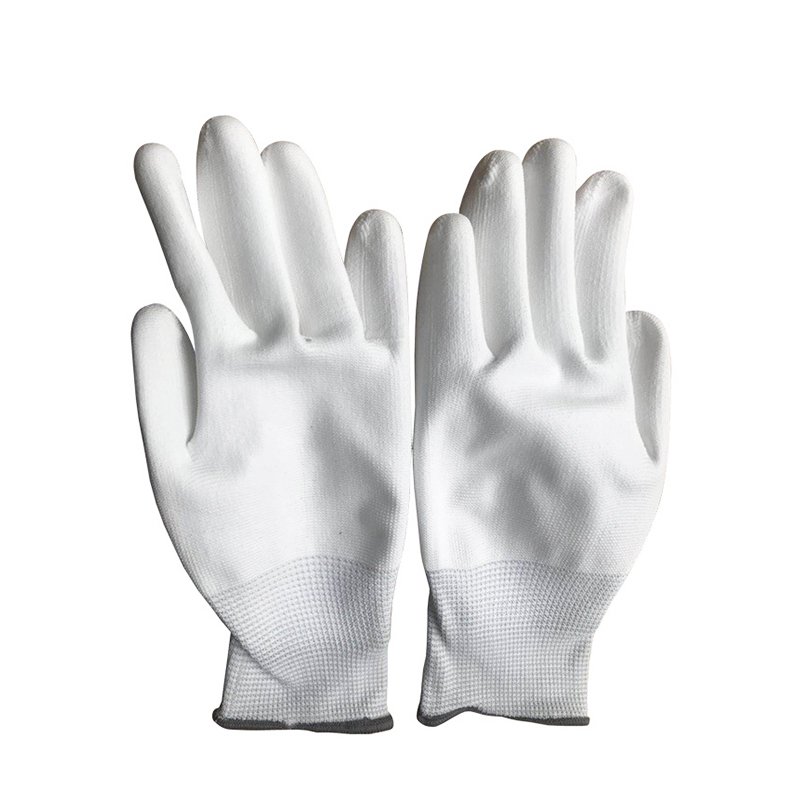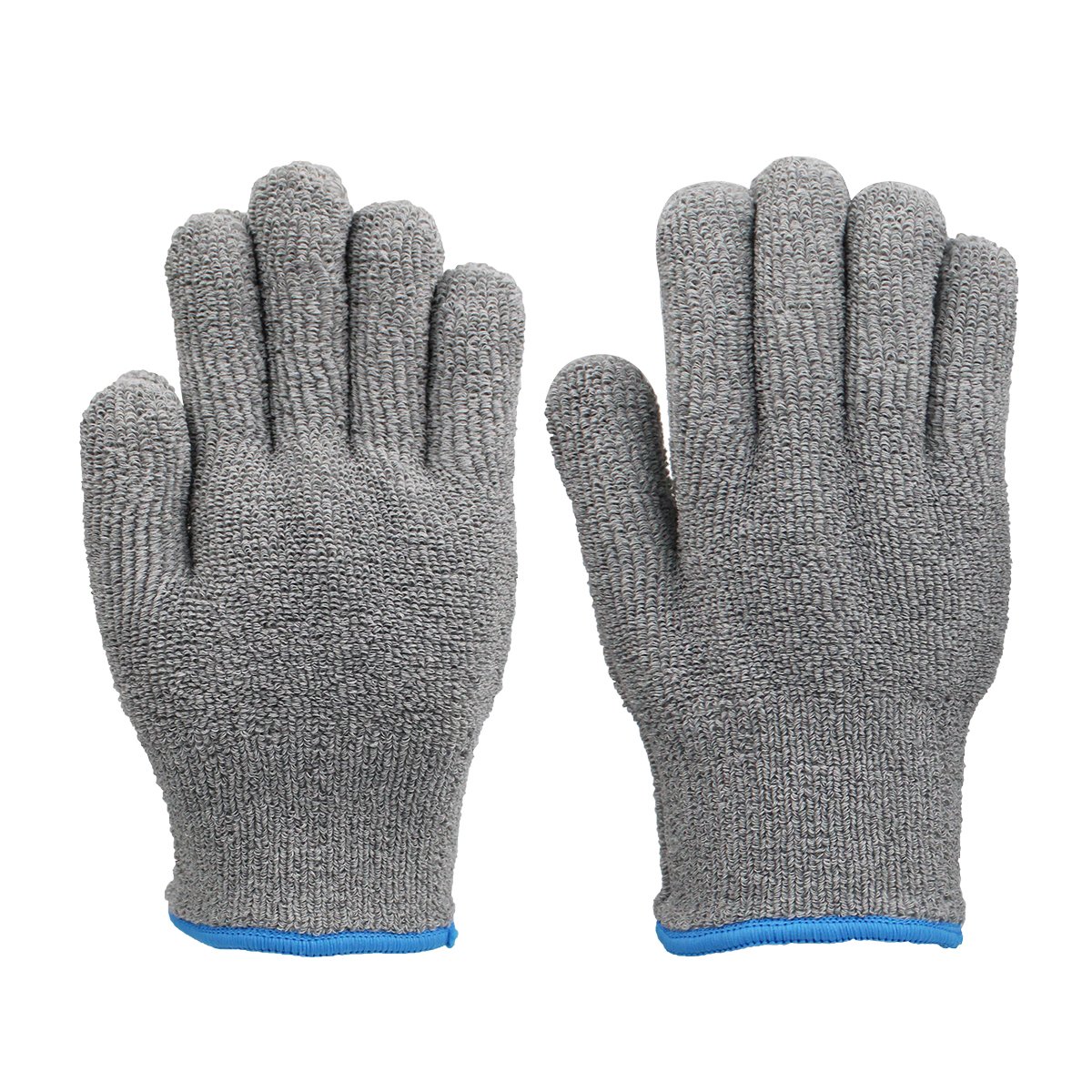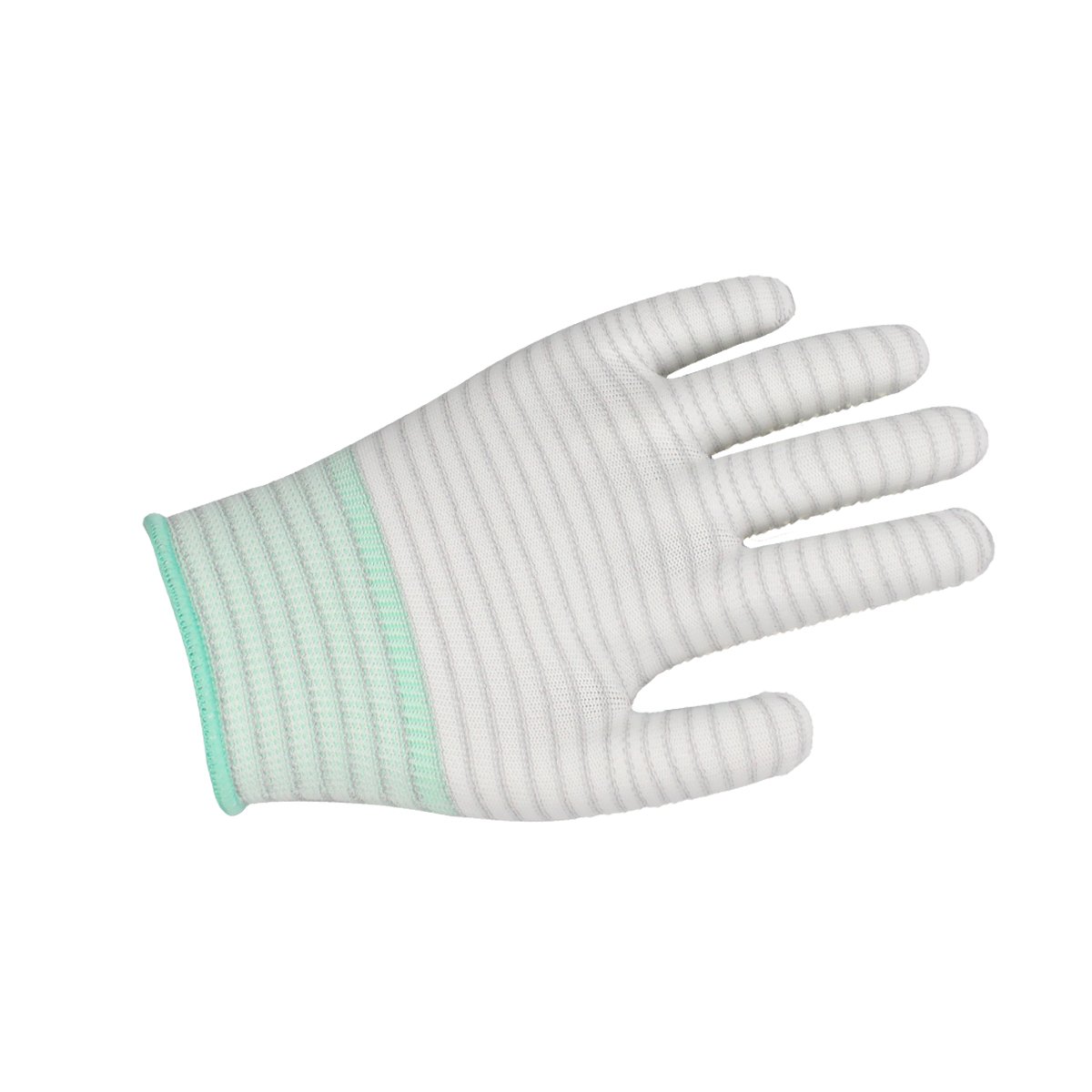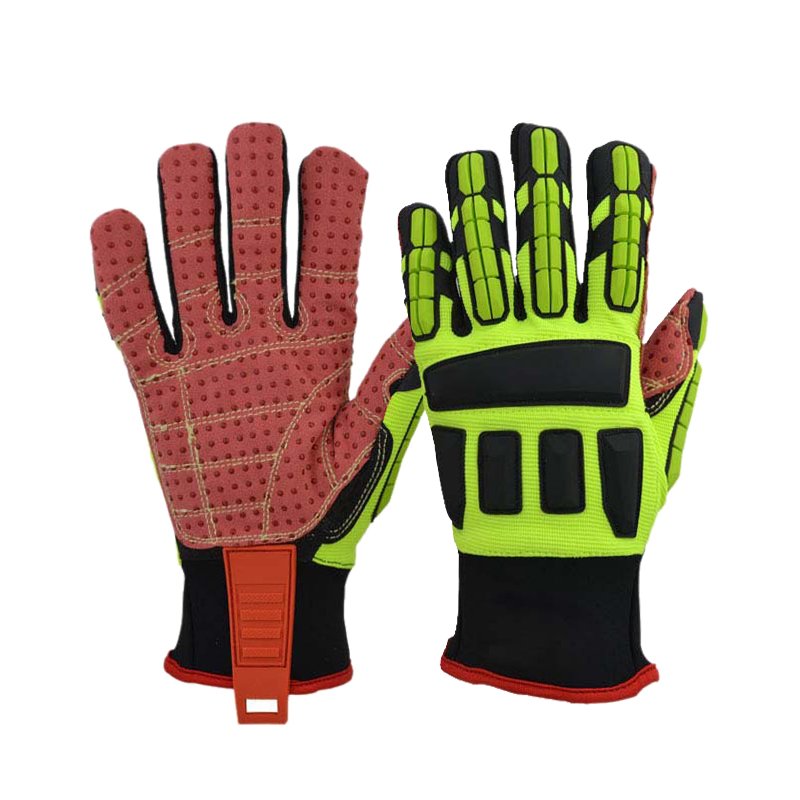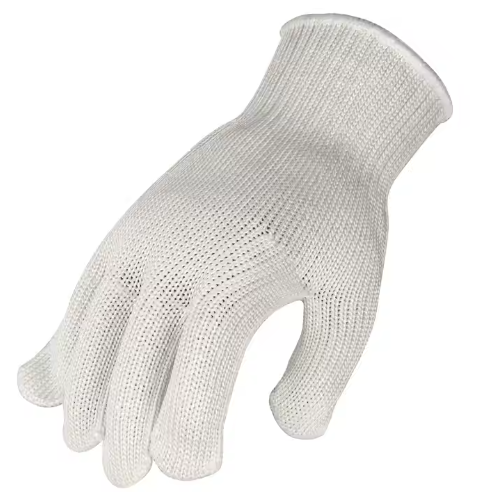When working out, protecting your hands is essential, but do gym gloves actually help? Some swear by them, while others avoid them. Let’s break it down.
Gym gloves are designed to protect your hands from calluses, provide extra grip, and absorb sweat. But, do they really make a difference? Let’s take a closer look.
There are pros and cons to wearing gloves at the gym. On one hand, they protect your palms and improve your grip. On the other hand, they might affect your ability to feel the equipment. If you’re unsure, read on to find out whether you should use gloves.
Do gym gloves prevent calluses?
Many gym-goers use gloves to prevent calluses, especially when lifting weights or using equipment that requires gripping. Calluses form when the skin on your hands builds up in response to friction. Gloves reduce that friction, helping to keep your hands smooth.
While gloves can prevent calluses, they may not stop all forms of skin buildup. Some people still get calluses even with gloves. The material of the glove also plays a role in how much protection it offers. Some gloves are made with padded palms that provide better protection, while others are thin and offer less cushioning.
Types of Gloves for Callus Prevention
| Glove Type | Protection Level | Material | Best For |
|---|---|---|---|
| Padded Gloves | High | Leather, Synthetic | Heavy lifting |
| Thin Gloves | Low | Lycra, Neoprene | Light workouts |
| Fingerless Gloves | Moderate | Various | Flexibility and grip |
Do workout gloves affect grip strength?
A major concern about wearing gloves while working out is whether they affect grip strength. Gloves add an extra layer between your hands and the weights or equipment, which can slightly reduce your tactile feedback. This might impact your ability to feel the equipment, which could reduce your grip strength.
However, for some, the added comfort and reduced sweatiness outweigh this effect. Gloves may provide a firmer grip for people who struggle with sweaty hands, especially during long workouts. It ultimately depends on personal preference and the type of exercise you’re doing.
Can Gloves Enhance Grip?
| Benefit | With Gloves | Without Gloves |
|---|---|---|
| Sweaty Hands | Gloves absorb sweat | Sweat reduces grip |
| Comfort | Cushioned grip | Direct contact can be uncomfortable |
| Grip Strength | May reduce tactile feedback | Better direct contact with equipment |
Why do people wear fingerless gloves at the gym?
Fingerless gloves are popular among gym-goers who want the benefits of gloves but with more freedom in their fingers. These gloves cover the palm and provide grip, but leave the fingers exposed for better movement. They’re ideal for exercises like pull-ups, where you need to feel the bar but still want some hand protection.
Fingerless gloves also provide a balance between comfort and function. They protect the palms from calluses and friction without sacrificing grip or dexterity. If you’re lifting lighter weights or doing bodyweight exercises, fingerless gloves may be the best option.
Why gym gloves are bad
Despite their benefits, gym gloves aren’t for everyone. Some people find them uncomfortable and believe they hinder their ability to feel the equipment. Gloves can also trap sweat, leading to unpleasant odors and skin irritation if not cleaned properly.
Relying too much on gloves may also prevent you from developing a stronger grip naturally. If you use gloves all the time, you might not build the strength and calluses that come from lifting weights without them.
Disadvantages of Gym Gloves
| Issue | With Gloves | Without Gloves |
|---|---|---|
| Grip Strength | Slight reduction | Full grip contact |
| Comfort | May feel restrictive | Natural feel, but sweaty |
| Hygiene | Must be cleaned regularly | No cleaning necessary |
Do you use gym gloves for weightlifting?
For weightlifters, gym gloves are a matter of choice. While some feel they give them an advantage by reducing friction and improving comfort, others believe lifting without gloves allows for better grip and more control over the weights.
If you’re lifting heavy weights, gloves can offer padding and reduce the risk of blisters. However, if your main goal is to develop grip strength, you might want to train without gloves for a more authentic experience. There’s no one-size-fits-all answer—it’s about finding what works best for you.
What are the disadvantages of gym gloves?
While gym gloves can protect your hands and provide comfort, they come with a few drawbacks. Some users complain that gloves reduce their sense of touch, which can make it harder to feel the bar or weights. Additionally, gloves can sometimes trap heat and sweat, which might lead to discomfort or skin irritation over time.
If you’re relying too much on gloves, you might not develop the grip strength necessary for certain exercises. Not to mention, gloves need to be cleaned regularly to prevent bad odors and bacteria buildup.
Best workout gloves
Choosing the best workout gloves comes down to personal preference. If you’re looking for durability, opt for leather or synthetic gloves with padded palms. If comfort is your top priority, go for gloves made of breathable materials like Lycra or Neoprene. Fingerless gloves are perfect if you want maximum dexterity while still protecting your hands.
No matter which gloves you choose, make sure they fit well and provide the support you need. A good fit will prevent any unnecessary slipping or discomfort during your workouts.
Conclusion
Gym gloves can offer comfort, protection, and improved grip. However, it’s important to balance their benefits with potential drawbacks, such as reduced grip strength and reliance on protection.


